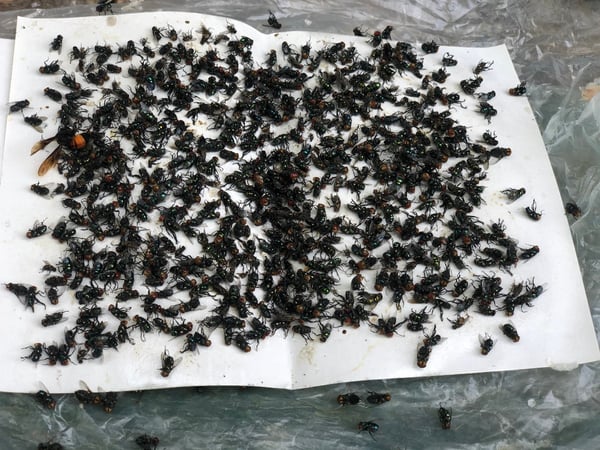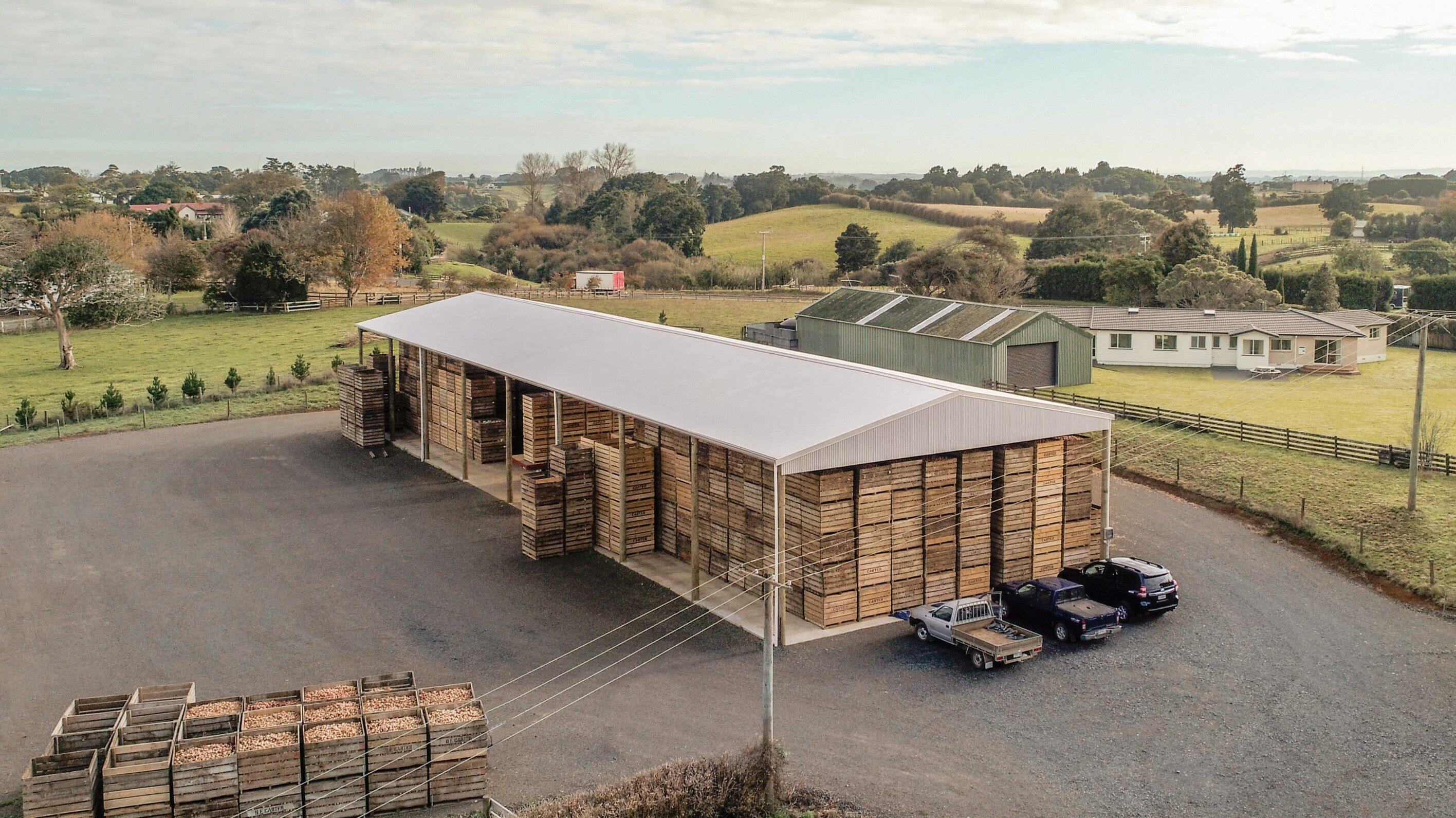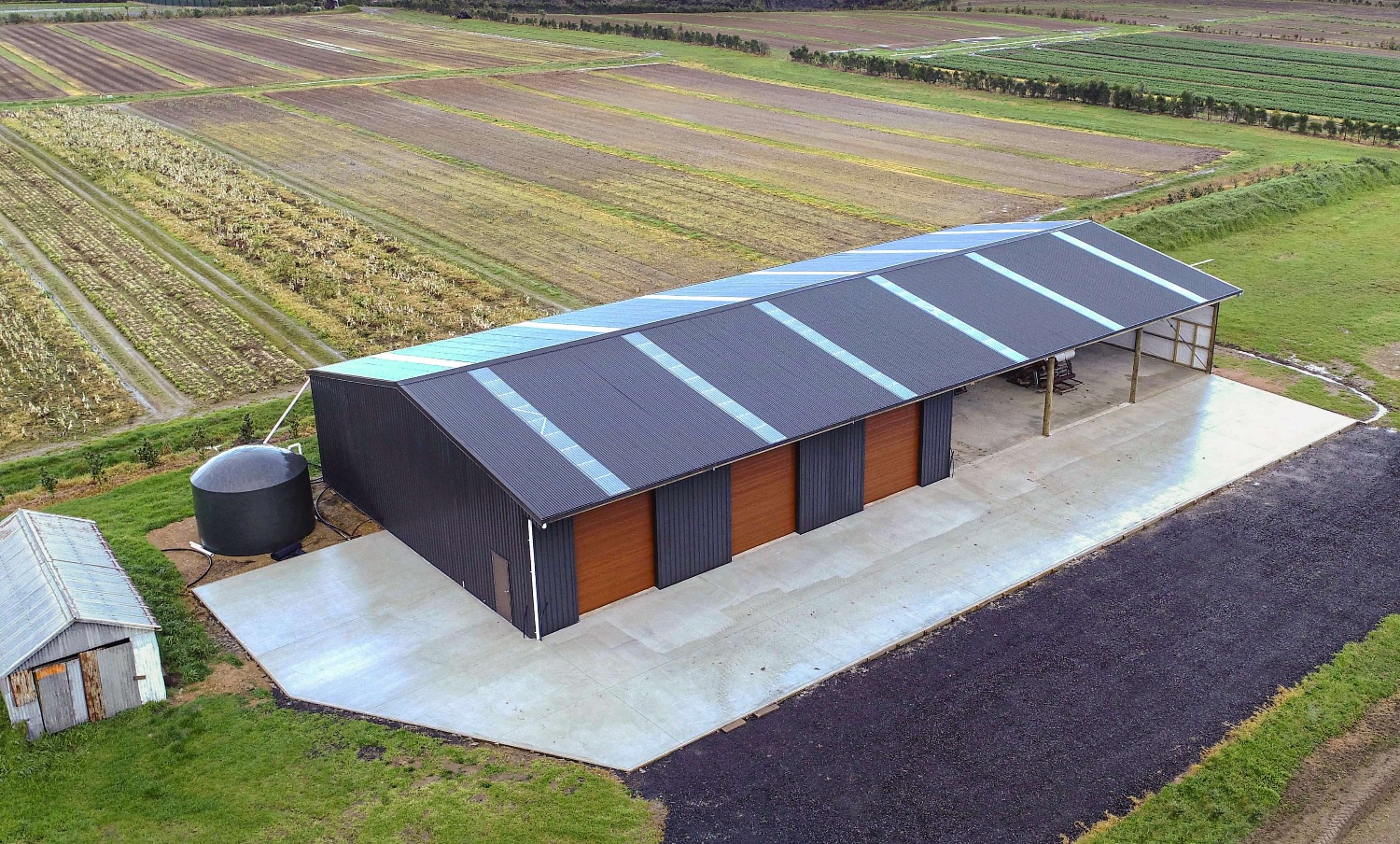 When the cold starts to creep in, cluster flies can often be found in dark dry places like farm sheds. While cluster flies are notoriously difficult to get rid of, there are some steps you can take to reduce the problem.
When the cold starts to creep in, cluster flies can often be found in dark dry places like farm sheds. While cluster flies are notoriously difficult to get rid of, there are some steps you can take to reduce the problem.
In this article, we share our top tips for eliminating them from your existing shed and how to build a new pest-proof shed that stands the test of time.
What are cluster flies?
Cluster flies tend to congregate in large swarms in dark places, including sheds, dark corners, crevices, and other farm buildings. Cluster flies have a unique ability to release a pheromone that attracts other cluster flies, leading to overwhelming infestations. This pheromone also lingers for years after the flies have been removed, attracting more flies.
In 2022, New Zealand saw some of our highest cases of cluster flies, with pest control working overtime to keep up. Daniel Highman from Guaranteed Pest Control explained he had reports “from farmers who have farmed in the district for longer than I’ve been alive say they have never seen them this bad ever.”
As a result, many farmers are looking for ways to eradicate these pesky flies and prevent them from ever coming back.
How to get rid of cluster flies in your farm shed
The best way to reduce cluster flies is through prevention but in some cases, it may be too late. To keep your farm shed free of flies, we recommend the following steps.
Eradication
If you have a cluster of flies in your shed, you can use a combination of fly screens, insect spray, citronella fragrance, electric fly killers, fly boxes, vacuuming, and sugar water jars. If you have a large infestation, we recommend hiring a trained professional to use foggers and smoke bombs.
After removing the cluster from your shed, you’ll need to spray the area with pesticides and clean the area thoroughly to ensure any remaining pheromones are disinfected.
Prevention
Cluster flies can be difficult to get rid of because the pheromones they release can linger around for years, attracting more flies. This is why prevention is the best approach, achieved with a combination of the following methods:-
Ensure your doors and window screens have no holes or cracks.
-
Seal any cracks and holes on the shed’s exterior.
-
Use a spot treatment to reduce their populations.
-
Cleaning any food and drink spills or rubbish quickly.
Older sheds are popular with pests because they’re warm, dry and, easy to get inside. If your shed is particularly run down, it may be time for an upgrade.

Pest proof your farm shed
For many farmers, it is worth building a new shed to keep pests at bay. During the shed design and planning, we will recommend how to reduce infestations of various pests, including rats, mice, cockroaches, flies, spiders, and more.
Rodent proofing
To prevent the risk of a rodent infestation in your shed, we recommend wall and roof sheeting that fits together snugly and doesn’t warp or crack. At Alpine, we achieve this by using carefully selected pre-dried timber, structural steel, and vermin-proof flashing. We also recommend closing your shed after you access it, using sliding doors or roller doors.
Insect proofing
With a new shed, you can ensure all windows and doors are airtight and well-sealed, minimising the chance for spiders, cockroaches, cluster flies, and other insects to get inside.
Bird proofing
For example, our Zero-Bird-Perch® rafters prevent birds from perching or nesting in the shed roof, protecting your equipment from bird droppings, preventing the spread of lice, and reducing fire hazards.
Farm shed NZ
When it comes to farm sheds, it is much easier to account for pest prevention in advance than to patch up issues after construction. If you have any concerns about pests in your area, speak with our experts today for advice tailored to your site and shed design.
If you need a reliable, secure farm shed, the A-team is here to help. We supply a wide range of farm pole sheds, using timber poles and hot dip galvanised steel. Benefits of our sheds include:
-
Complete kitsets
-
Free delivery
-
Birdproof rafters and clearspan
-
Fast lead times
-
Pre-dried timber
-
In-house design team
-
Building consent
-
Cost-effective timber framing
Contact our team today or use our Shed Configurator Tool to plan your new shed. We’ll get in touch to let you know the estimate and any relevant requirements to help you decide your next steps. Alternatively, download our full range brochure to explore our range of kitset sheds.









